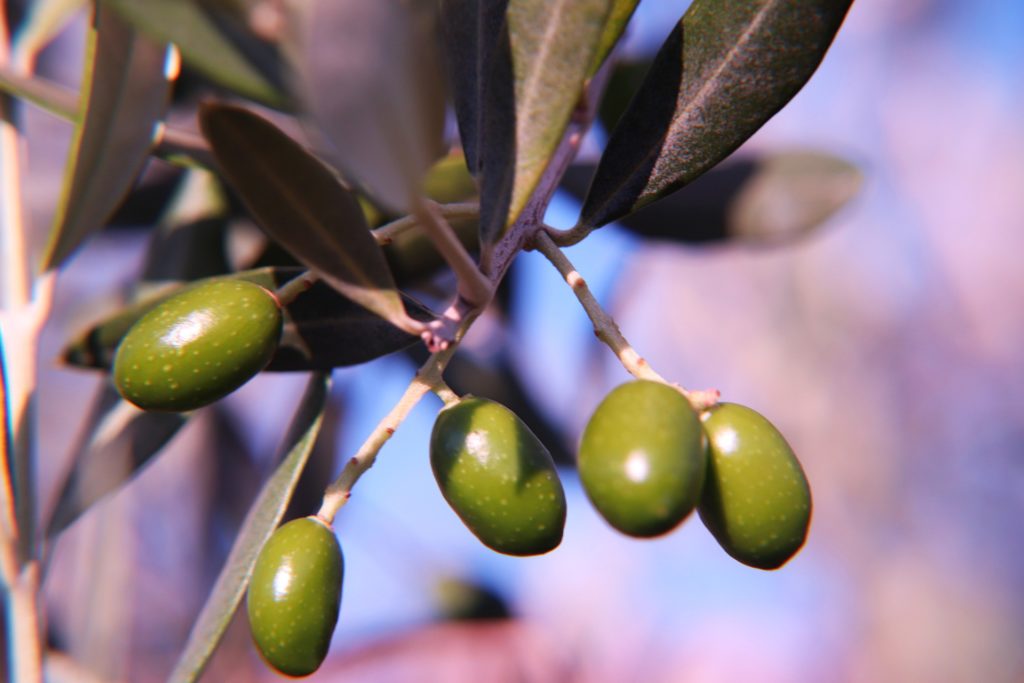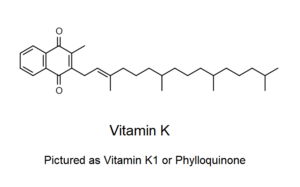Olive Leaf Extract

Products from olive trees have been used in medicine for thousands of years. And olive oil has well known health benefits (Gorzynik-Debicka 2018). I often recommend extra virgin olive oil as a primary oil for culinary use, especially over cheaper vegetable oils.
Beyond olive oil and fruits, olive leaves also contain important compounds of interest. The leaves of olive trees are particularly high in a bioactive compound called oleuropein. Oleuropein can occur as up to 14% of the dry weight of olive leaves (Guinda 2015). Chemically, oleuropein is classified as a polyphenol. Other naturally occurring polyphenols often used in integrative medicine include curcumin (from turmeric), resveratrol (from red wine) and quercetin (from onions). In general, polyphenols display antioxidant and anti-inflammatory activity (Zhang 2016).
While the antioxidant and anti-inflammatory effects of olive leaves are of interest, there is also research suggesting potential antimicrobial properties and effects on blood pressure and other heart health parameters. The following potential benefits have been explored in the recent published literature:
- Decreasing heart disease risks and high blood pressure
- Improving diabetes and blood sugar problems
- Antimicrobial effects
Olive Leaf and Heart Disease
One of the earliest studies on olive leaf extracts was a small study out of France. The study found a significant improvement in blood pressure with olive leaf (Cherif 1996). A more recent study comparing olive leaf extract (containing 200 mg of oleuropein per day) to a standard medication for high blood pressure found the treatments to be of similar efficacy. Olive leaf extract lowered the top (systolic) and bottom (diastolic) blood pressure numbers by 11.5 and 4.8 points respectively. In addition, olive leaf extract helped lower triglycerides, a type of fat in the bloodstream that can contribute to heart disease (Susalit 2011).
A trial published in 2017 also found modest benefits for blood pressure, cholesterol and triglycerides with olive leaf extract using 136.2 mg of oleuropein per day (Lockyer 2017). The most recent study using the lowest dose, just 83.5 mg per day, did not find benefits for blood pressure, cholesterol or triglycerides (Stevens 2021). From the published literature, there appears to be a clear dose response, with 200 mg of oleuropein per day providing the most robust benefits.
The stiffness of blood vessels is another factor that contributes to heart disease. A study in healthy volunteers found improvements in arterial stiffness with olive leaf extract in addition to a reduction in the levels of inflammation (Lockyer 2015).
Olive Leaf and Diabetes
Diabetes is a problem with blood sugar regulation, where blood sugar levels increase, causing damage throughout the bloodstream and body. The condition is becoming more common, and causes major long-term health complications.
A human trial explored treatment with a modest dose of olive leaf extract of unknown oleuropein content. Patients with type 2 diabetes were given olive leaf extract or placebo combined with standard care. The patients who received olive leaf extract had significant improvements in their hemoglobin A1C, a measure of average blood sugar level. In the study, A1C levels dropped, on average, from approximately 9.0% to 8.0% with the addition of olive leaf (Wainstein 2012).
A study in overweight, middle-aged men also found improvements in insulin sensitivity, the hormone that causes the cellular uptake of blood sugar. In the study, olive leaf extract improved insulin sensitivity by 15% (Bock 2013).
Olive Leaf and Infections

The data on olive leaf as an antimicrobial comes from both clinical and non-clinical research. A study in high school athletes found that an extract containing 100 mg of oleuropein did not decrease the number of colds and flu, but did decrease the number of sick days by 28% (Somerville 2019).
A clinical trial on genital herpes using topical acyclovir (a standard medication) compared to topical olive leaf extract found both treatments to be effective. However, olive leaf extract appeared to work better, with a shorter duration of treatment needed before resolution (Toulabi 2021). There is also a case report of the successful treatment of genital herpes with olive leaf. The patient had no response with a prescription ointment, but had complete elimination of her sores by day six with a topical preparation of olive leaf extract (Lorzadeh 2020).
Lab-bench studies have documented potential antiviral, antibacterial and antifungal effects of olive leaf extract. So-called in-vitro studies have found effects against herpes virus, influenza and human immunodeficiency virus (HIV) (Altindis 2020, Salamanca 2021, Lee-Huang 2003). Studies have also shown effects against a number of pathogenic bacteria and fungi (Aliabadi 2012, Altemimi 2017, Pereira 2007).
Additional clinical trials for other types of infectious disease are needed. While the studies showing antimicrobial effects are interesting, components of olive leaf may not be absorbed well enough to provide clinical effects for all types of infections.
Conclusion
Olive products, including olive leaf extracts, may have interesting clinical effects. Some of the latest human trials show benefits for heart disease, diabetes and some types of infectious conditions. Hopefully, as the research continues, we can get a further understanding of the potential benefits of olive leaf extract and its uses.




Dr. Buesing,
Scott, I learn something every time I read one of your blogs. I’m also enjoying your blogs and look forward to one showing up in my email.
Thanks,
Jeff Moore ND, LAc